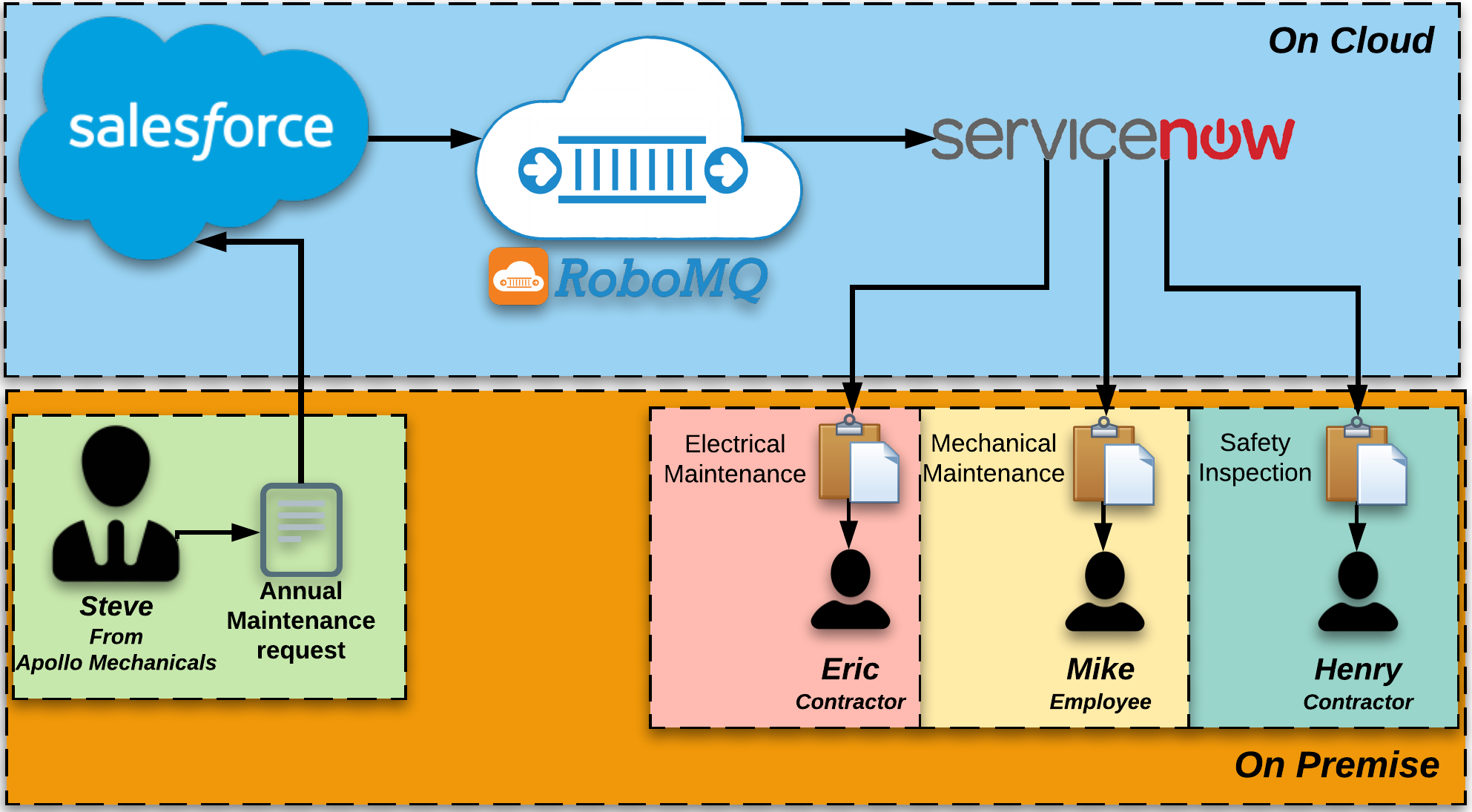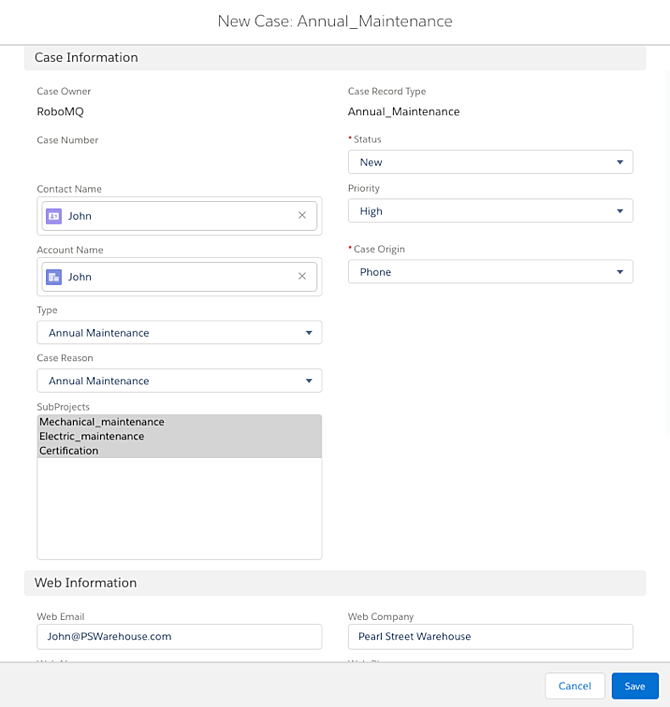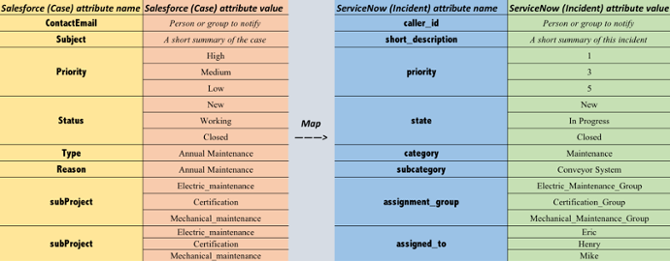
Application Integration Microservices
Automate Order to Service Fulfillment With Salesforce and ServiceNow Integrations
Posted onFebruary 8, 2018
In business, the name of the game is efficiency. When a salesman has to spend hours organizing the details of a single order, he loses time he could have spent finding new leads. Let’s explore this scenario in the day of a salesman taking orders over the phone and...






